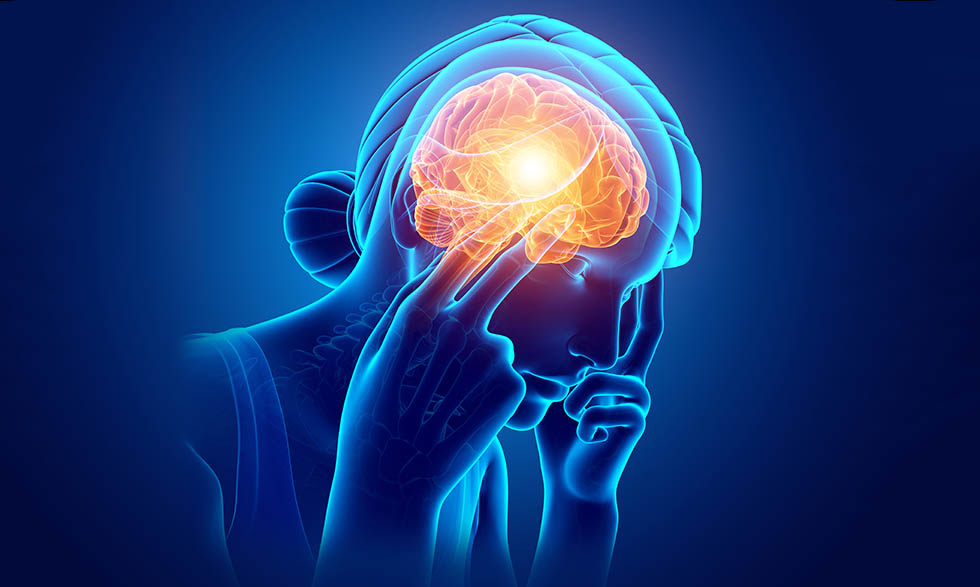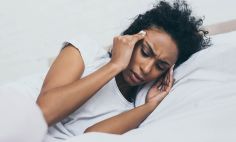
Linda Porter, Ph.D.
Women are three times more likely than men to experience migraines. Much of this can be attributed to hormonal changes like pregnancy and menstruation.
However, when it comes to improving migraine treatment specifically for women, research coordinator Linda Porter, Ph.D., of the National Institute of Neurological Disorders and Stroke (NINDS), says it is important to study both men and women.
"That information helps you learn how migraines differ in the sexes," Dr. Porter says. "That will help develop therapies that are more targeted to women."
One such study is focused on migraine tracking and how to best engage people who have trouble tracking their headaches effectively.
Participants filled out a headache diary on their smartphone app three times a day for 20 days. Some participants continued to make headache diaries for another two months. For those who weren't able to complete daily migraine diaries for the first 20 days, researchers worked with them to find other options to help. They were given either a support tool or educational support through the same app for three months.
Another NINDS-supported study zeroes in on better understanding one of the most common migraine triggers: stress. Though stress affects both men and women, women are historically more likely to report stress than men.

Michael Oshinsky, Ph.D.
Researchers are using nerve stimulation and stress management to help track and treat migraine pain, says Michael Oshinsky, Ph.D., of NINDS.
They're specifically focused on the vagus nerve, which is the main nerve that stems from the brain. It helps control important body functions that give us energy.
In this study, researchers stimulate the nerve to see if that helps relieve participants' migraine pain. Participants will also get training on how to reduce stress.







